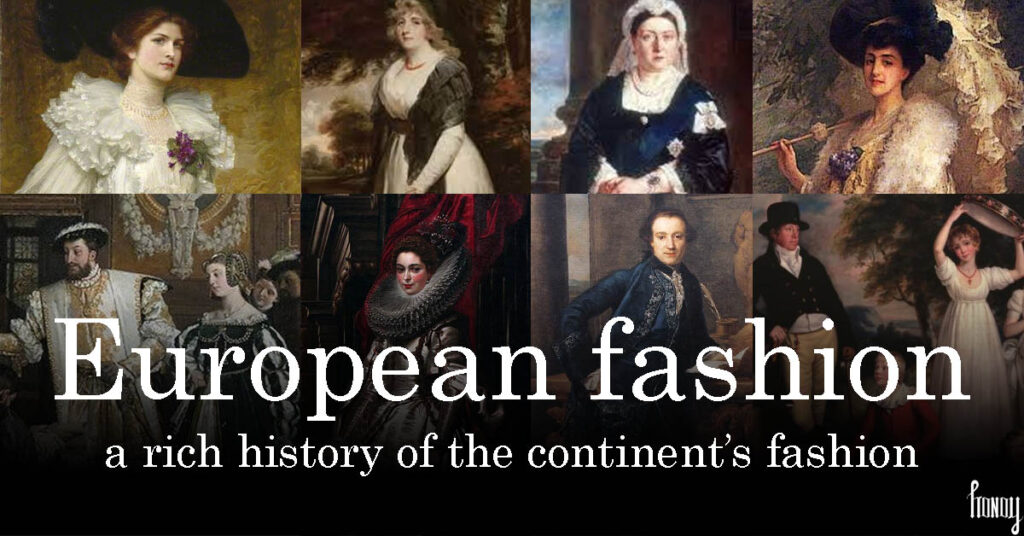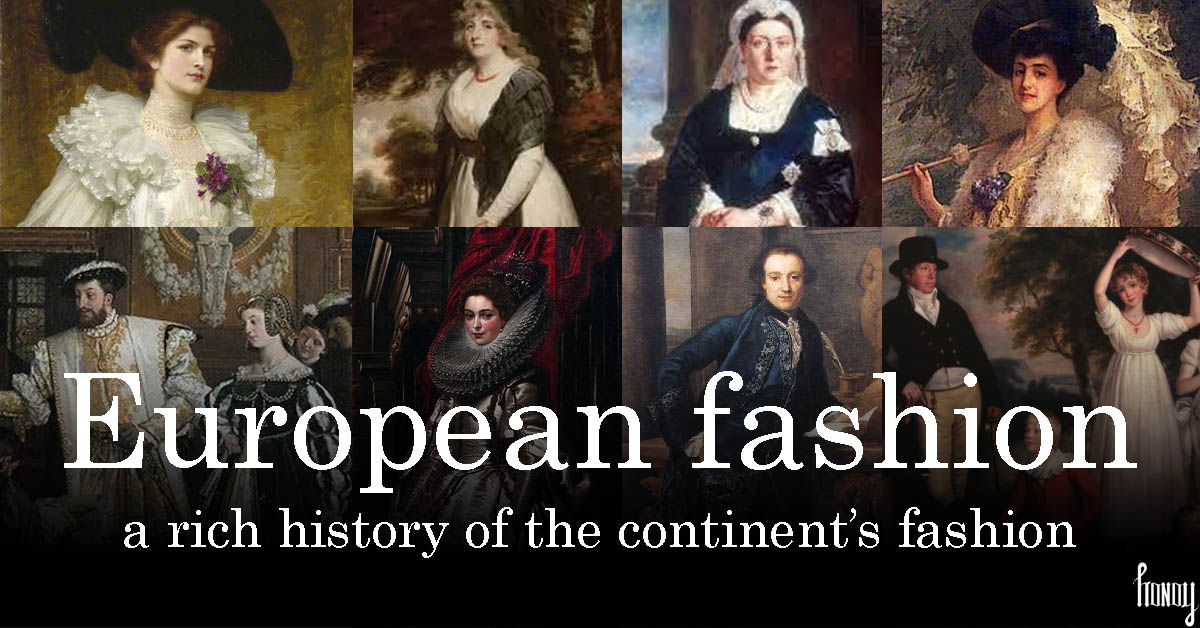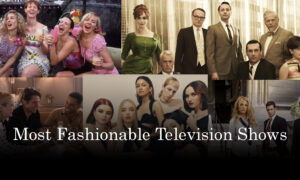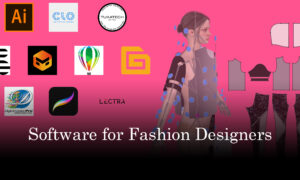A rich history of European fashion
Studying the history of European fashion is fascinating. In the history of world fashion , European fashion has its own presence. Throughout the ages, European fashion has not only mirrored society’s ever-changing values but has been a leader in shaping global trends. Imagine walking down the streets of Florence, Italy in the 15th century, a time when Renaissance fashion was at its zenith. Or stepping into the roaring 1920s, a time when Jazz Age birthed the flapper dresses and a new era of female empowerment.
But European fashion is not just about eras and styles; it’s a reflection of the social spirit. It’s about the designers, artisans, and visionaries who pushed the boundaries of creativity, challenged the prevailing norms, and shaped the history of European fashion. From Coco Chanel’s groundbreaking modernity to Christian Dior’s revolutionary New Look to Alexander McQueen’s provocative avant-garde designs, every step in the history of fashion has led to this moment. This is not a detailed timeline of the European fashion history but just a glimpse into the eras and the defining decades, which will allow you a sense of the grandeur and depth that this rich culture has offered to the world of fashion.
Since this is such an expansive subject matter, I have divided this in two parts. The first part chronicles European fashion from the beginning of the 14th Century till the early 20th Century. The second part will take a different approach and will dissect each decade starting from the 1920s till today.
Renaissance Era – 14th century to 17th century
The Renaissance brought a revival of classical art and culture, influencing fashion. Fashion in England was largely influenced by the two Tudor monarchs of the period, Henry VIII and Elizabeth I. The nobles, who copied everything the royals did, wore ostentatious clothes made of silk, satin, velvet, and brocade. The women’s gowns were tight fitted, and corsetry was used to achieve the hour-glass figure. Multi layered clothing was the order of women’s fashion to give the illusion of fuller figures. Men sported tunics, doublets, and hose with shirts having huge, rounded collars. Clothing was a symbol of social status, and sumptuary laws regulated what people could wear.
Movie reference
Elizabeth (1998), Mary Queen of Scots (2013), The merchant of Venice (2004)
Baroque Era – 17th century
Some of the qualities most frequently associated with the Baroque are grandeur, sensuous richness, drama, dynamism, movement, tension, emotional exuberance, and a tendency to blur distinctions between the various arts. And this very aptly applied to the fashion of this period. The French court was an important influence on Baroque fashion. During the early Baroque, women wore long gowns with a low neckline, lace collars for decoration, and virago sleeves. Wigs were very important in this era of fashion and even men wore powdered and stylized wigs. The men’s coat became longer, and the waistcoat gained prominence.
Movie reference
Charles II: The Power and The Passion (2003), Robinson Crusoe (1997)
Rococo Era – 18th century (1700s)
The Rococo was a wild time for fashion, it was an era without rules. The Rococo era introduced lighter, more playful styles with pastel colors and delicate floral patterns in women’s gowns. The designs became whimsical and asymmetrical. Lace, ruffles, ribbons, ruchings and silk flowers embellished gowns, creating a frivolous and flirtatious look. Men’s attire featured knee-length breeches and ornate coats, embodying elegance. Madam Pompadour mistress, friend and advisor to Louis XV and Marie Antoinette the famous and ill-fated last Queen of France are names synonymous with Rococo Fashion style. Sadly, the French revolution brought the decline of this fantastical fashion era.
Movie reference
King of the Wind (1990), The Favourite (2018), Louis van Beethoven (2020), The Duchess (2008), Marie Antoinette (2022/2006/1956/1938)
Neoclassical Era – Late 18th century to early 19th century (Late 1700s to early 1800s)
In rebellion to the opulence of the Rococo era and the previous times, the Neoclassical was a time where men and women took inspiration from classical antiquity. Inspired by ancient Greece and Rome, this era favored simplicity. In this age of ‘undress’ women’s gowns had high waistlines and flowing lines, while men adopted tailored coats and trousers. The Empire silhouette became iconic. Under the influence of the industrial revolution people sought variety and efficiency in their clothing. The first sewing machine also emerged in 1790 and that changes the entire face of the fashion production game. This was the start of rapid changes in fashion which has resulted in today’s fast fashion.
Movie reference
The Pride and the Passion (1957)
Regency Era – Early 19th century (1800-1820)
The Regency Period is named after the Prince Regent in Great Britain at this time. The fashion trends of the Regency started in France and unlike previous fashion periods, it was trendy in this era, after the French Revolution, to dress differently than the French aristocracy. The style of dress and men’s attire changed drastically during the Regency Period. Beau Brummell, English dandy, famous for his friendship with George, Prince of Wales, was deemed the leader of fashion at the beginning of the 19th century.
Women’s fashion in the Regency era started to change drastically. This “new natural style” emphasized the beauty of the body’s natural lines. Clothing became lighter and easier to care for than in the past. Outerwear, such as the spencer and the pelisse, were popular. The new styles were made desirable by public figures such as Josephine Bonaparte, Emma and Lady Hamilton, and Jane Austen.
Movie reference
Movies that have been adapted (multiple times) from Jane Austin novels like Pride and Prejudice, Sense and Sensibilities, Emma etc.
Victorian Era – Mid to late 19th century (1837-1901)
The Victorian era is named after Queen Victoria, who was queen from 1837-1901.The Victorians were preoccupied by class, and fashion was one way of revealing or concealing one’s position in society. Characterized by strict social norms, fashion of the Victorian era featured women’s clothing with corsets, crinolines, and long dresses. Men wore tailored suits with top hats. Both men and women were expected to be gloved in public. This period saw the rise of department stores, which represented a new opportunity in fashion for the middle- and upper-class women. The designers of the era were- Lucile aka Lady Duff Gordon, Jacques Doucet, Lanvin, Jeanne Paquin and Charles Fredrick Worth, the later being the father of haute Couture.
Movie reference
Anna Karenina (2012), Hysteria (2011), The Young Victoria (2009), Sherlock Holmes (2009)
Edwardian Era – Early 20th century (1901-1910)
The Edwardian era was the period covering the reign of King Edward VII. King Edward loved to travel bringing back styles influenced art and fashions of Continental Europe. This period saw the Parisian Couture reach new heights. The Edwardian era featured S-shaped corsets and elegant, elaborate hats for women, while men’s suits became more structured with high collars and narrow ties. The major difference between the Victorian fashion and Edwardian fashion was while the former had been marked by the tightly corseted hourglass figure, the later saw a silhouette that of the S curve – a shape that pushed the hips back and the bust forward.
There were dramatically large hats, such as wide-brimmed, straw cartwheel or sailor hats, heavily embellished picture hats, and wide, flat caps. Simultaneously, the men’s suits became more structured with high collars and narrow ties. Edwardian trendsetters included the Gibson Girl and Alice Roosevelt Longworth.
Movie reference
Dean Spanley (2008), A room with a view (1985), The wind in the willows (1983), Mary Poppins (1964)
Conclusion
This concludes the first part of this timeline. European fashion is as dynamic as it can be, and it has such a complex history that the above post barely scratches ed the surface. European fashion has been one of the most widely documented and as such its historical content is overwhelming. Each of these fashion eras have extensive details that will require years of investigations and research. But one must practice caution that that these fashion eras often overlap and are not strictly defined by a single set of years.
As we move forward, the next part of this post will investigate the decade wise fashion movements. What do you think, how fascinating is this story of mankind and his love for fashion. Leave a comment if you feel, I should cover certain aspect of the fashion history.






























Pingback: A rich history of European fashion – part 2
Pingback: Jeanne Lanvin: An Extraordinary Fashion Icon In 5 Mins